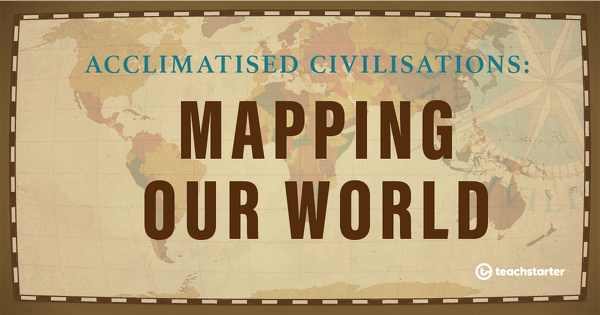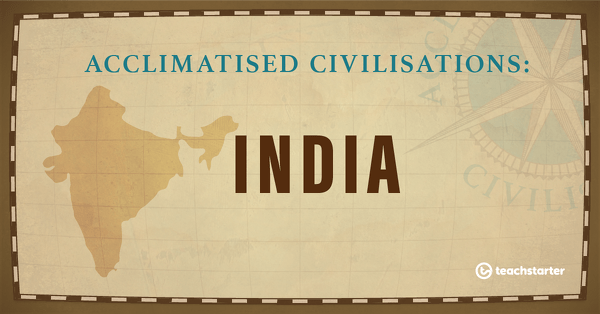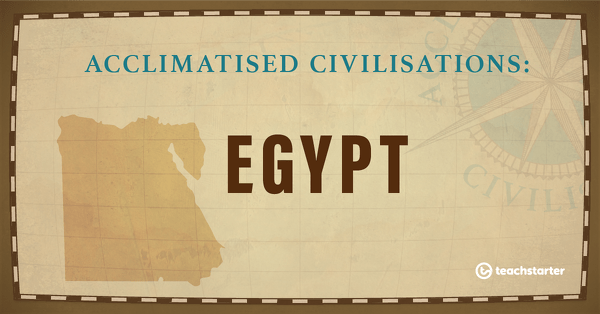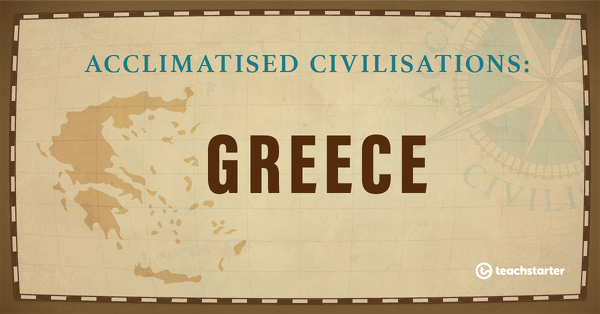Maps Teaching Resources
Bring printable maps of Australia and countries around the world, map worksheets and activities and a whole lot more into your HASS lesson planning! This teaching resource collection was created by the primary teachers at Teach Starter to help you familiarise your students with different countries and their positions within the world.
This teaching resource collection includes both blank and labelled maps of various countries in the southern and northern hemispheres, so you can make the edits you need to fit your lesson planning needs.
New to teaching maps? Read on for a primer from our teacher team including a kid-friendly definition of maps, plus a look at what students should know about this tool before they leave primary school.
What Are Maps? A Kid-Friendly Definition
Trying to explain maps to your students? Here's a simple definition for kids:
A map is like a picture of a place, like your room, your school, or your city. It helps you understand where things are and how to get to them.
Maps are made up of special symbols and colours to help you find a variety of different things, like roads, rivers, mountains, and buildings. By using a map, you can find your way to a new place and explore the world around you!
What Are the Different Types of Maps?
Throughout primary school, students will encounter a variety of maps. Some are more general (like a map showing state boundaries), while others contain more detailed images that pinpoint right where their school sits in a neighbourhood! Each map type serves its own purpose and can teach our students more about their community and our world.
Here's a look at some of the various types of maps you might share with your students:
- Political map — No, this isn't about politics! A political map shows us the boundaries and locations of countries, states, and cities, as well as other man-made features such as roads.
- Physical map —We use physical maps to see the physical features of an area, such as mountains, rivers, and lakes.
- Topographic map — Based on the concept of 'topography,' this type of map the elevation and contours of an area and is often used for hiking or other outdoor activities.
- Climate map — Just as the name implies, this kind of map shows the different types of climate in a region, such as temperature and precipitation patterns.
- Road map — We don't see paper versions of these much anymore, but a road map shows the network of roads in an area and is typically used for driving directions.
- Geological map — A geological map shows the types of rocks and minerals found in an area, as well as fault lines and other geological features.
- Nautical map— Taking to the water? A nautical map will come in handy! It shows the features of bodies of water, such as depth, currents, and underwater hazards.
- Thematic map — A thematic map shows a specific theme or topic, such as population density, natural resources or political affiliations.
What Should Kids Know About Maps?
By the time they leave primary school, students should have a solid understanding of maps and how to use them to explore the broader world! Here are some of those map basics they should know:
- What's the purpose of a map? Kids should know that maps offer a visual representations of the world, which help us to locate places, find directions, and understand the relationship between different areas.
- The basic features — From a compass rose to a map key, kids need to be able to identify the features of a map and know how to use them.
- Reading and interpreting maps — Whether it's a road map, topographical map or weather maps, kids should know how to read it and how to interpret it.
- Cardinal directions — Kids should know the difference between north, south, east and west and how to use the four cardinal directions to navigate a map.
- Locating places — Kids need to learn to use coordinates — such as latitude and longitude — and how to locate places using them, as well as pinpointing location with the use of landmarks, street names, and other features.
- Plus Plan

Mapping Our World
A 60-minute lesson in which students revise locating and labelling the main features on the world map.
- Plus Plan

India
A 60-minute lesson in which students learn how people lived in and adapted to the environment in India.
- Plus Plan

Egypt
A 60-minute lesson in which students learn how people lived in and adapted to the desert environment in Egypt.
- Plus Plan

Greece
A 60-minute lesson in which students learn how people lived in and adapted to the Mediterranean environment in Greece.